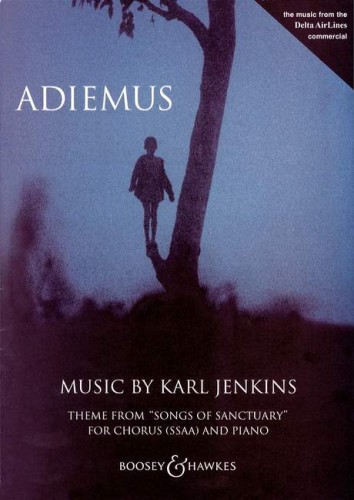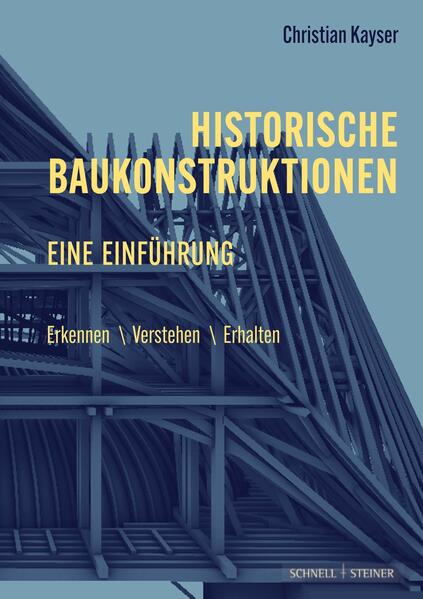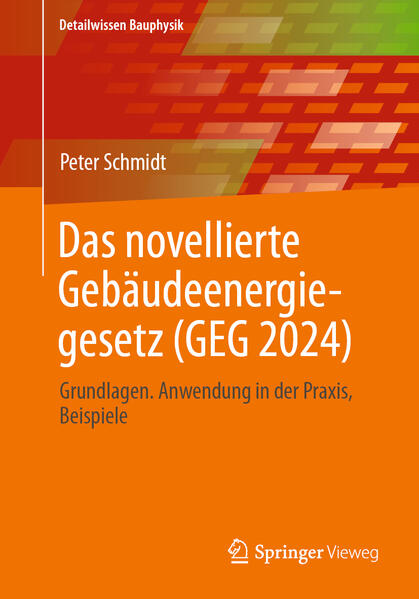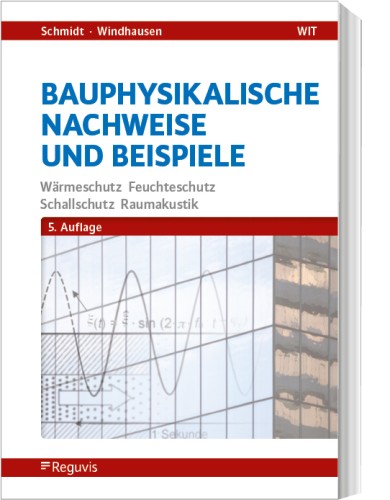
Adiemus
Theme from "Songs of Sanctuary" (SSAA). Frauenchor (SSAA), Blockflöte und Klavier. Chorpartitur.
| Autor | |
| Quelle | Sonstige Datenquellen |
| ISBN | 9790060104732 |
| Lieferbarkeit | lieferbar |
| Katalogisat | Basiskatalogisat |
| Verlag | Schott Music, Mainz |
| Erscheinungsdatum | 01.01.2002 |
Beschreibung (Langtext)
The music from the million-selling album, featured on the Delta Air Lines TV commercial. "Adiemus" combines classical and ethnic influences to create a haunting, tribal sound."Songs of Sanctuary" is an extended choral-type work based on the European classical tradition, but where the vocal sound is more akin to "ethnic" or "world" music. The idea was to have some thematic unity within the work as a whole, rather than a collection of disparate pieces in song form.The structures of "Songs of Sanctuary" are influenced, in the main, by classical form, e. g. modified rondo, ternary, da capo aria. This is of extra importance because of the lack of lyric message that sustains conventional song form. The text was written phonetically with the words viewed as instrumental sound, the idea being to maximise the melisma (an expressive vocal phrase) by removing the distraction, if one can call it that, of words. The sound is universal, as is the language of music.Instrumentation:female choir (SSAA), recorder and piano
Die Musik des millionenfach verkauften Albums "Adiemus", bekannt aus der Delta Air Lines Werbung. "Adiemus" verbindet klassische und ethnische Einflüsse und erschafft so einen eindringlichen Sound."Songs of Sanctuary" ist ein Chorstück, das einerseits auf der europäischen klassischen Tradition basiert, andererseits der vokale Sound eher der "Weltmusik" verwandt ist. Die Idee war eine thematische Einheit und ein Gesamtwerk zu schaffen, statt einer Sammlung von unterschiedlichen Stücken in Liedform.Die Struktur der "Songs of Sanctuary" sind in der Hauptsache beeinflusst von klassischen Form wie Rondo, dreiteiligen Formen oder der Da Capo Arie. Dies ist von besonderer Bedeutung, da hier keine lyrische Botschaft des Textes die Form bestimmt. Der Text wurde nach rein phonetischen Merkmalen erdacht, bei dem die Wörter als instrumentaler Sound und nicht als Bedeutungsträger verstanden werden wollen. Die "ablenkende" Ebene eines Textinhaltes existiert somit nicht, so dass der Effekt eines Melismas (eine expressive vokale Phrase) maximiert werden kann. Der Sound ist universal - wie es die Sprache ist, die "Musik" heißt.




